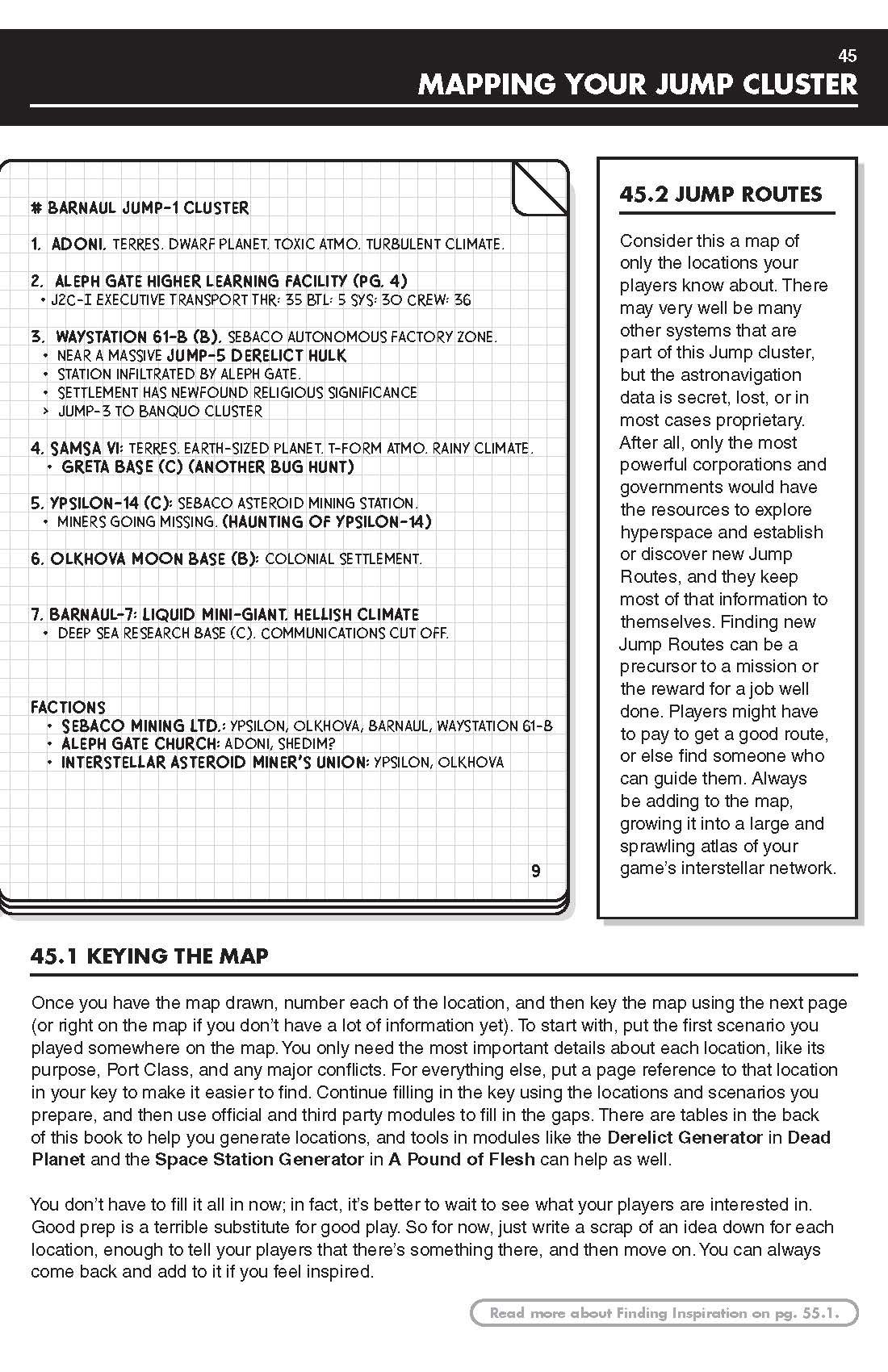Mothership’s box set gives GMs everything they need to succeed – and more
All too often, tabletop role-playing games get bogged down in their own fine print. As the author of a core rulebook, you want to keep it short and sweet, but it can be easy to confuse careful explanation of a game with needlessly expanding it. The designers at Tuesday Knight Games’ award winning TTRPG Mothership have successfully resisted that urge.
The ultimate form of the science fiction horror game, a first edition starter setknows exactly what it is — a gritty and grim experience for players, and a challenging crucible for those directing the action. Regardless of the setting and themes, Mothershipis probably one of the most welcoming guides for game masters published in years.
Mothership is a mature game that takes its inspiration from sci-fi classics such as Alien And Event Horizon. In it, players take on the roles of scientists, teamsters, androids, and marines as they hunt for unexplained phenomena in abandoned space stations and desolate colony worlds. Unlike other game systems, however, provoking violence is rarely the best course of action. That’s because combat is both brutal and deadly.
How deadly? Well, each player’s character sheet has a field that lists the number of game sessions they’ve survived. The average “high score,” as the developers call it, is four. With only three to four recommended players for each session, it’s almost guaranteed that every time you sit down at the table, someone is going to die. That’s an incredibly intimidating bit of information for budding game masters, but thankfully the included materials are full of great advice.
The Mothership boxed set is chock full of valuable materials, including a modest GM screen, some cardboard stands, custom dice, a scenario booklet, and a dense opening adventure. But the meat of the experience is in the three core rulebooks, namely the Survival Guide for Players, the Shipbreaker Tool Boxand the Guard Operational Manual. It’s the last of those books that GMs cling to for their first few sessions, and none of its 60 pages are wasted in any way. Even the kerning of the font seems adjusted to get as much information onto each page as possible.
Inside the Guard Operational Manualyou’ll find lots of high-quality art, including some clever diagrams that make the game’s systems immediately clear. There are also loads of tables and graphs, meaning you should be able to pick up and play any adventure with just a few rolls of the dice. But it’s all the detailed advice on running a game – in fact, any tabletop role-playing game – that will keep you coming back for more.
Image: Tuesday Knight Games
Take the book’s opening spread, which shows a picture of what the GM’s notebook should look like before the very first play session. Page after page, the Operating instructions teaches GMs less about how to do simple math, and more about how to create a setting full of interesting conflict. It does this by explaining step by step how to build an interesting adventure.
Don’t prepare too much, the Activities Manually emphasizes repeatedly, because players will always surprise you. State the stakes, clearly and repeatedly, because actions are meaningless without consequences. And do more than just say “Yes, and…” every time players want to try something interesting. Even the written examples of actual gameplay contain many great examples of what to do at the table. There are even cases where the book has the GM just be silent and let the players do the talking — something that can be very hard to remember when you’re new to running a table.
By far my favorite part of the Operating instructions is the long section titled “Planning for Failure.” Rather than listing all the ways a single session or a long campaign can end in disaster, here are more resources for creating interesting gameplay when things get out of hand, or preventing disruptions from happening in the first place. It teaches GMs to make clearer maps, create better keys, and come up with ideas to accommodate different player needs and desires. It’s the same section of the book that contains clear and well-written guidelines for safety at the table. “Resolve disputes as people, not as characters” and “Never shield players from the consequences of their actions” are just a few examples of the many pearls of wisdom found there.


The price is $59.00 Mothership box set is more than just a collection of handy aphorisms. The included Shipbreaker Tool Box is the first major expansion and contains everything you need to know to pilot and control your own spaceship, including rules for both combat and bankruptcy. Unconfirmed contact reportsMeanwhile, is an unexpectedly robust bestiary with dozens of hideous creatures that you could easily wrap an entire campaign around. Together, these add-ons read like a victory lap for the developers, who have been working on this game for nearly a decade now. While it’s more than novice players are likely to want, they’re the icing on the cake for an already packed package.
Mothership was discussed with a copy the author had purchased in the store as part of the Tuesday Knight Games release crowdfunding campaignwhich ran on Kickstarter in 2021. Copies are now available online and in local game stores.
